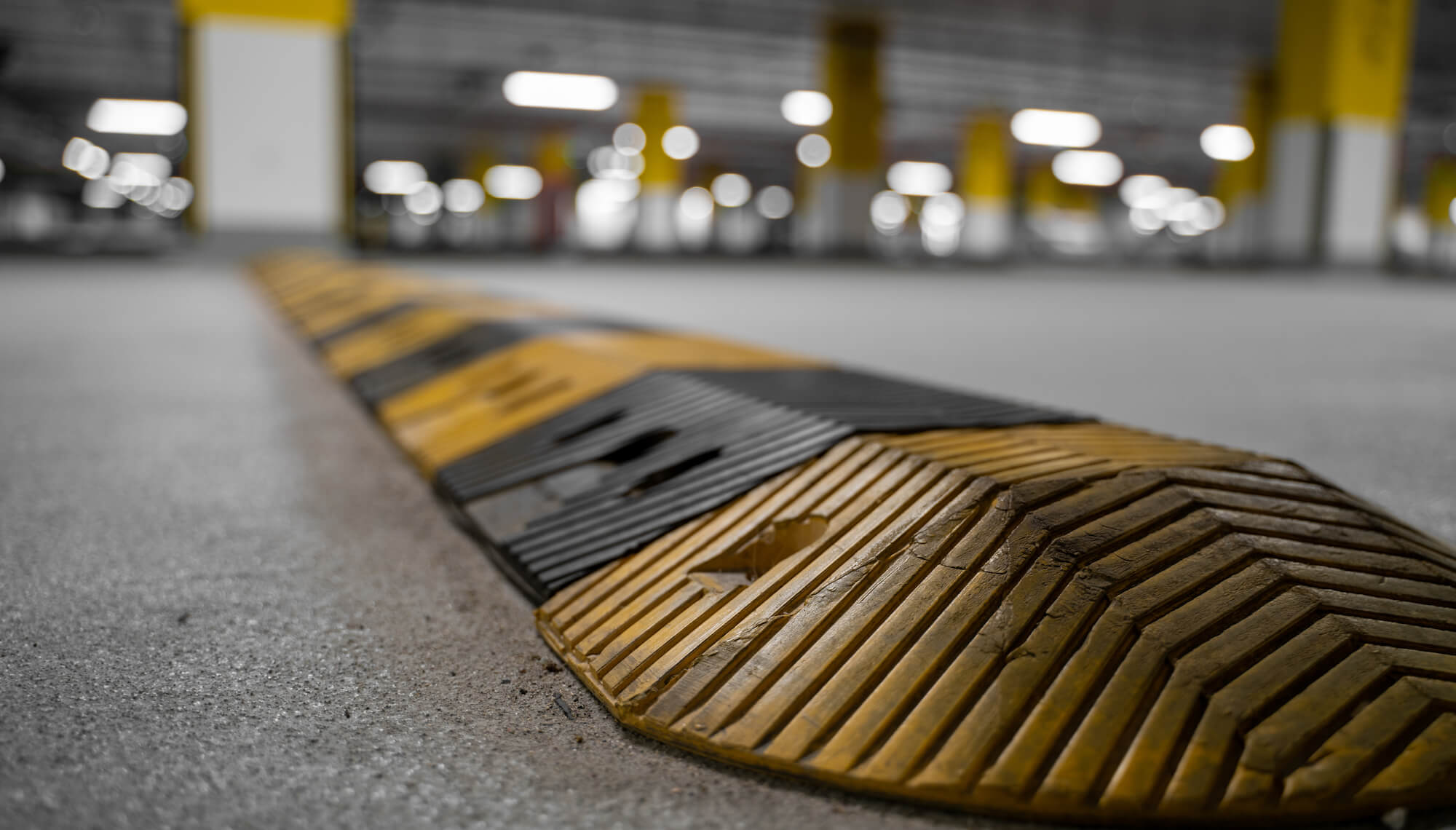You're driving along, minding your own business, when suddenly you hit a speed bump and your whole car jolts. It can be mildly annoying, depending on how fast you were traveling. But have you ever stopped to think about who put those speed bumps there in the first place?
In this blog post, we'll discuss everything you need to know about speed bumps: what they are, why they're there, and who is responsible for them.
What Are Speed Bumps?
Speed bumps are raised areas in the road designed to slow down traffic. They are usually made of asphalt or concrete. The first raised crosswalk—a forerunner of speed bumps—was reportedly installed in New Jersey in 1906 as a way to protect pedestrians. In 1953, Nobel Prize-winning scientist Arthur Holly Compton installed "traffic control bumps" outside Washington University to slow down speeding motorists. Since then, they have been used all over the world as a way to control traffic speed.
Speed bumps are important because they help to reduce accidents and improve safety, particularly in areas where there is a lot of foot traffic, such as near schools or parks. They are also commonly found in residential neighborhoods. Studies have shown that when speed bumps are installed on a street, there is a decrease in the number of accidents. This is because drivers are more likely to slow down when they see a speed bump ahead, which reduces the chances of an accident occurring. Speed bumps can also help to reduce noise pollution by absorbing the sound of car tires. As a result, they can be an effective way to improve safety and quality of life in high-traffic areas.
Can a Speed Bump Cause an Accident?
Speed bumps are an important part of traffic safety, but they can also be dangerous if they're not adequately visible. If a driver doesn't see a speed bump in time, they may not be able to slow down sufficiently. At high speeds, hitting a speed bump could damage the car (or its occupants). The force of the impact can cause serious damage to tires and suspension components, and it can even cause the bumpers to come loose.
Suspension damage can be a major safety issue, as it can lead to a loss of control while driving, which can contribute to a serious accident. In addition, if the suspension is damaged and the driver doesn't know about it, they may continue to drive on the damaged suspension, which can lead to catastrophic damage or a life-changing accident in the imminent future. As a result, it's important to make sure that speed bumps are properly visible so that drivers can slow down in time. Improperly marked speed bumps can lead to accidents and vehicle damage, so it's important to be cautious when driving on them.
Who Is Responsible for Speed Bumps?
Property owners are responsible for ensuring that their properties are safe, including properly installing and marking speed bumps. However, if a speed bump is not installed or painted properly, it can become a dangerous condition. Businesses owe their invitees the highest duty of care to protect them from dangerous conditions on the premises. Businesses must ensure their premises are safe for invitees, including properly installing, maintaining, and labeling speed bumps.
When installed in clear, high-traffic areas, speed bumps serve an important purpose: public safety. But property owners cannot take for granted how speed bumps could pose a serious hazard to unwitting motorists or cyclists without highly visible marking. When people get hurt due to improper speed bump installation, whoever owns the property must be made accountable for the pain and damages they've caused.
Have you been in an accident caused by unmarked speed bumps? Speak with our accident attorneys in a free consultation to learn your legal options: (888) 498-3023.


